SUMMARY
This is AI generated summarization, which may have errors. For context, always refer to the full article.
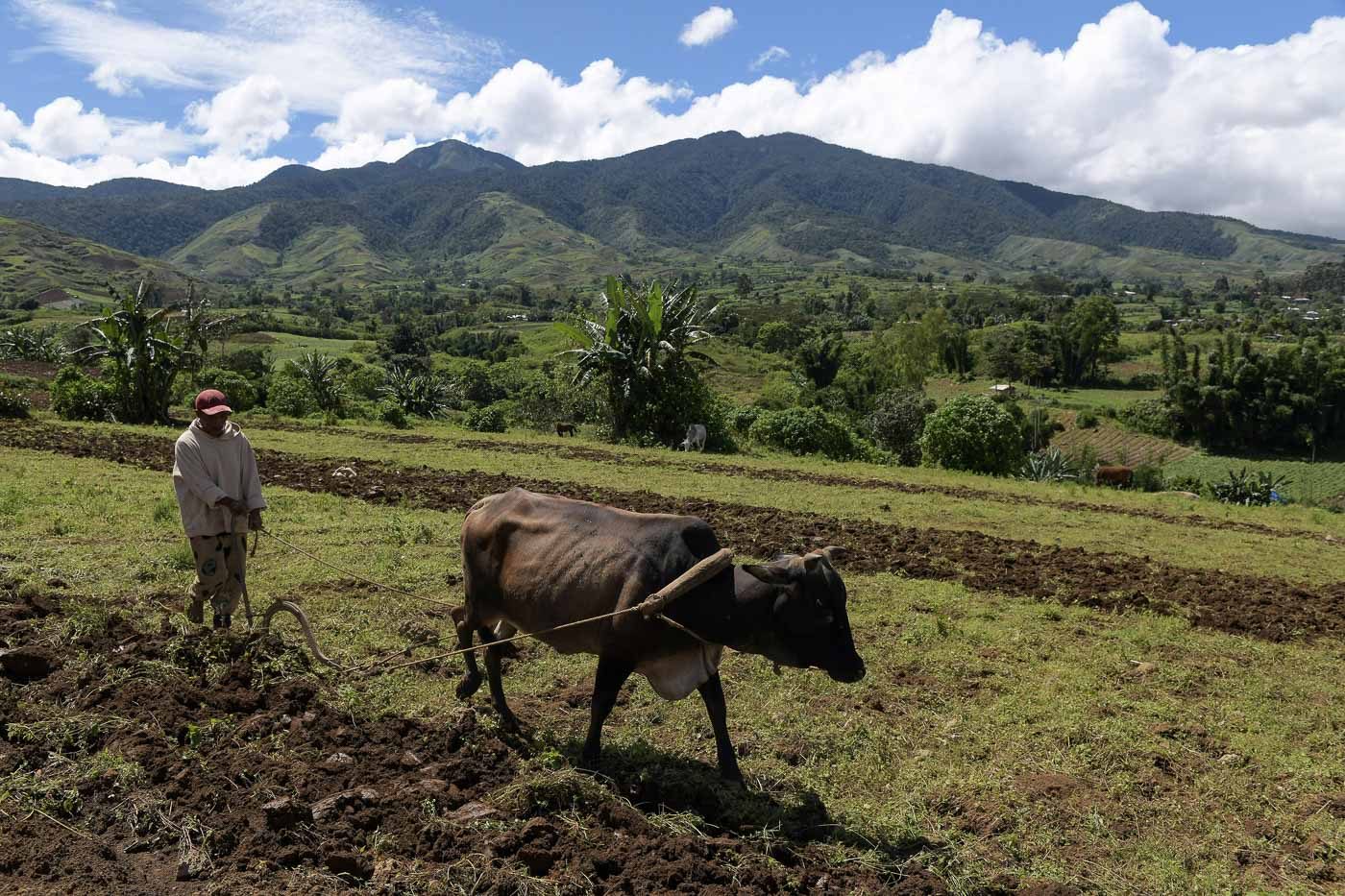
Miarayon village, the vegetable capital of Northern Mindanao, is beset by growing problems of decreasing yields, dependence on chemicals, and incursions of lowlanders in the Talaandig ancestral land.
In Barangay Miarayon, Talakag town in Bukidnon, farmer Adolfo Santos carefully guided his cow in plowing the green field in circles, turning up the rich, brown earth.
Santos is lucky that it has rained the past week, softening the fields in his village.
He would finish plowing the one-hectare farm at the end of the day and the next day, he would spread chicken dung on the soil – a good fertilizer that provides nitrogen, phosphorus, and potassium.
Santos said he would then see a vegetable trader in Cagayan de Oro to secure a loan for him to buy seeds to plant, and chemical fertilizers for the carrots to grow well.
“It would have been less expensive to plant carrots if the soil is richer. In the past, we did not use fertilizer,” the 48-year-old Talaandig farmer said.
He said he could only save on labor costs since his wife and three children also help till their field.
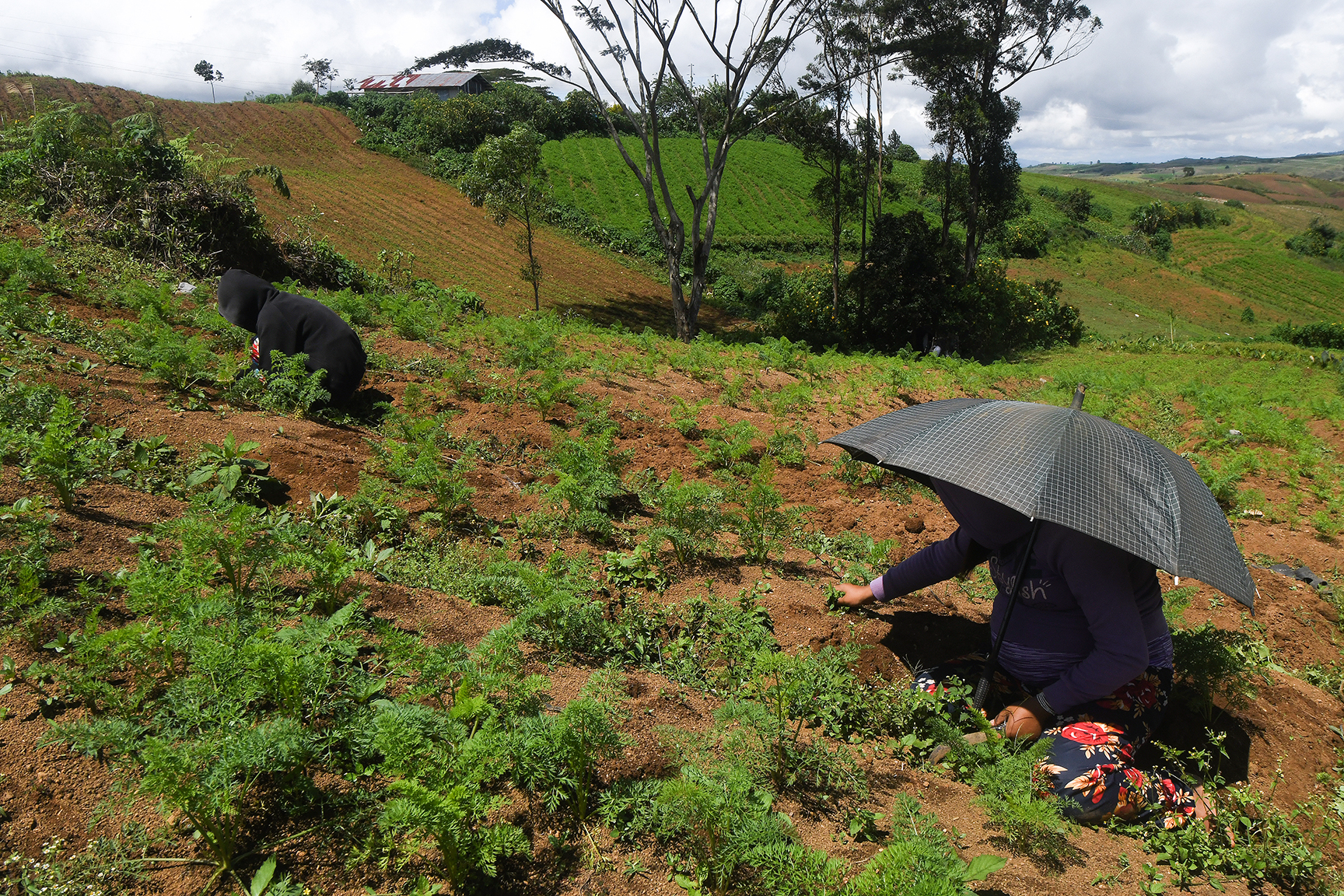
Ryan Danio, chief of the Miarayon Lapok Lirongan Tinaytayan Talaandig Tribal Association (MILALITTRA), said some 8,000 hectares in Miarayon are covered by a certificate of ancestral domain title (CADT) issued to the Talaandig tribe in 2003.
“After 18 years, it is only now that we are enforcing our tribal laws,” Danio said.
Danio said prior to that, lowlanders, traders, and corporations were able to purchase land in their ancestral domain.
The Talaandig tribe is one of the seven ethnic tribes of Bukidnon.
The ancestral domain of MILALITTRA spans five barangays in Talakag town, considered as northern Mindanao’s top vegetable producer.
The area straddles the slopes of Mount Kalatungan and Mount Kitanglad, two of Mindanao’s highest mountains.
Talaandig farmers grow potatoes, cauliflower, carrots, broccoli, Chinese cabbage, and other vegetables on the rolling slopes.
Danio said Talaandig farmers also grow Arabica coffee, considered to be one of the best beans in the country.
“Sadly, traders and lowlanders are encroaching on our land. We want to stop them,” he said.
Decreasing yield
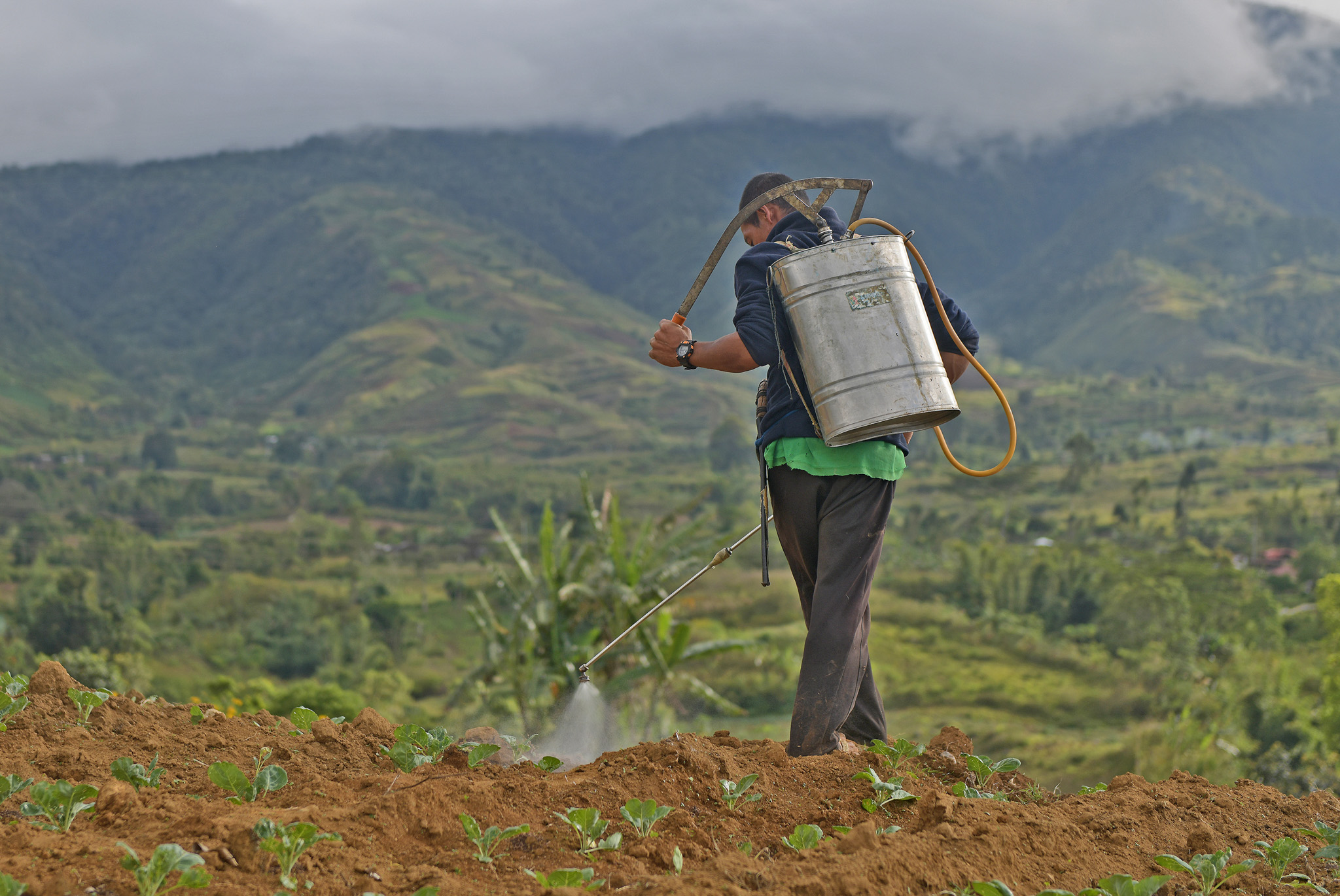
Carlota Madriaga, regional technical director of the Department of Agriculture (DA), said the area was so inaccessible years ago that agriculture technicians had to spend a day hiking to Miarayon from the village proper.
“We hiked up and down the mountains on trails and crossed several rivers before we could reach Miarayon,” she said.
Madriaga said the land was so rich especially during the 1980s that farmers there always enjoyed bountiful harvests even without the use of fertilizer and chemicals. This is no longer the case.
“Farmers are now using fertilizers and chemicals – even those we consider as very dangerous. They are now heavily dependent on them,” she said.
Madriaga said the DA is monitoring the chemical and fertilizer content of the vegetables produced in Miarayon.
She said the government provided communal irrigation systems and low-interest financing schemes to the farmers. They also constructed a vegetable terminal in Barangay Miarayon to make it easier for the farmers to sell their produce.
Dharvy Jumanoy, a Talaandig indigenous people’s mandatory representative, noted that the farms of Miarayon have been seeing decreasing yields in the past years.
“A corn farmer used to harvest 50 sacks from a half-hectare farm. Now, he would be lucky to harvest 20 sacks unless he used fertilizers and chemicals,” Jumanoy said.

A study conducted by the Xavier University College of Agriculture in 2015 showed that 1,648 hectares in Miarayon were in need of reforestation to bring back the richness of the land and improve the area’s biodiversity.
According to the study, the slopes in Miarayon are important in preventing floodwaters from rushing to communities downstream.
On December 16, 2011, floodwaters triggered by Tropical Storm Sendong (Washi) surged from the slopes of Talakag town to Cagayan de Oro. The floods, which also hit Iligan City, resulted in nearly a thousand deaths and the destruction of over P2 billion worth of properties. – Rappler.com
Froilan Gallardo is a Mindanao-based journalist and an awardee of the Aries Rufo Journalism Fellowship. This report was written with support from Internews’ Earth Journalism Network and Photojournalists’ Center of the Philippines.
Add a comment
How does this make you feel?

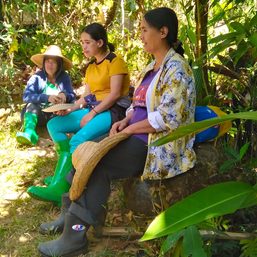
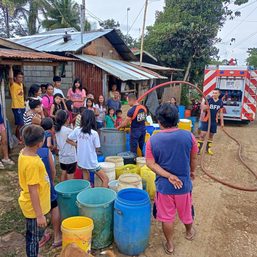
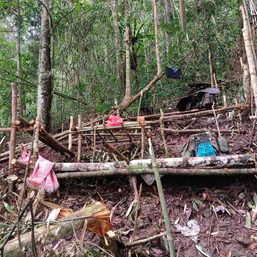
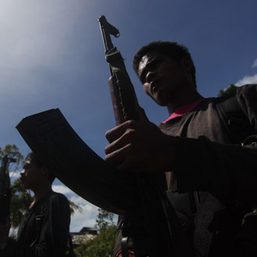


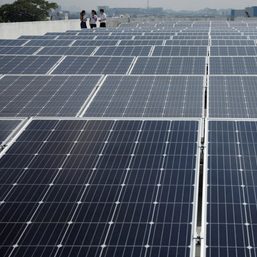
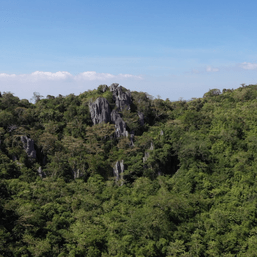
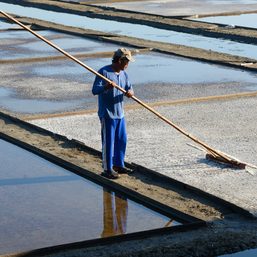
There are no comments yet. Add your comment to start the conversation.